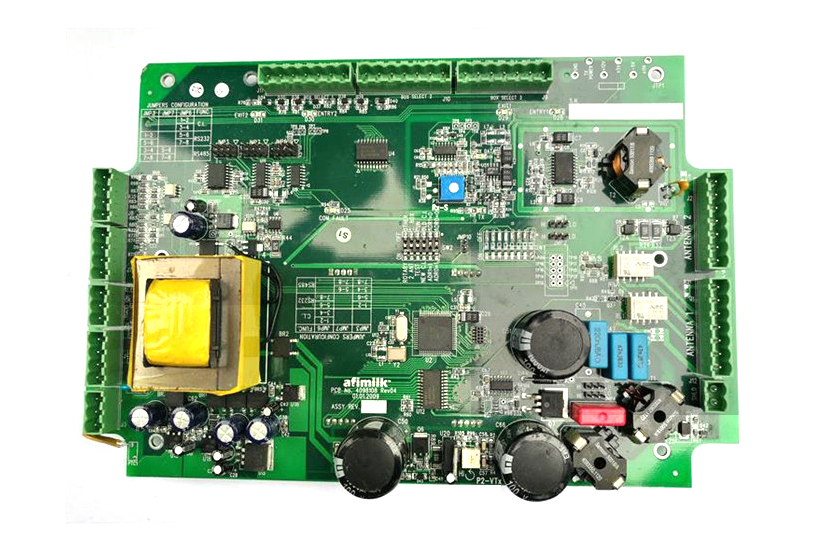
Service hotline: 18926049292

WeChat QR code


Service hotline: 18926049292

WeChat QR code

Service hotline:
18926049292
Tp:18926049292
Add:4th Floor, Building 8, Rundongsheng Industrial Park, Longteng Community, Xixiang Street, Bao'an District, Shenzhen
QQ:1721627884
Email:skywingpcb@163.com mkt88@shenghd.com

The primary idea for the process planning of SMT chip placement processing
Selecting an appropriate assembly method based on the primary requirements of the assembly product and the conditions of the assembly equipment is the foundation for efficient and low-cost assembly production. It is also the primary content of process planning for circuit board processing, veneer processing, circuit board welding, and SMT chip processing. The so-called surface assembly technology refers to the assembly technology of electronic components with certain functions by placing components with a sheet structure or miniaturized components suitable for surface assembly on the surface of a printed circuit board according to circuit requirements, and assembling them using welding processes such as reflow soldering or wave soldering.
In traditional THT printed circuit boards, components and solder joints are located on both sides of the board, while in SMT SMT printed circuit boards, solder joints and components are located on the same side of the board. Therefore, on SMT chip printed circuit boards, through holes are only used to connect the wires on both sides of the circuit board. The number of holes is much smaller, and the diameter of the holes is also much smaller, which can greatly improve the assembly density of the circuit board.
1、 SMT single sided mixed assembly method
The first type is single sided hybrid assembly, where SMC/SMD and through-hole plug-in components (17HC) are mixed and assembled on different sides of the PCB, but the welding surface is only single sided. This type of assembly method uses single sided PCB and wave soldering (currently commonly double wave soldering) technology, and there are two specific assembly methods.
(1) First apply method. The first assembly method is called the first mounting method, which involves first mounting SMC/SMD on the B-side (welding surface) of the PCB, and then inserting THC on the A-side.
(2) Back sticking method. The second assembly method is called post assembly method, which involves inserting THC on the A side of the PCB and then SMD on the B side.
2、 SMT double-sided mixed assembly method
The second type is double-sided mixed assembly, where SMC/SMD and T.HC can be mixed and dispersed on the same side of the PCB, while SMC/SMD can also be dispersed on both sides of the PCB. Double sided mixed assembly uses double-sided PCB, double wave soldering, or reflow soldering. In this type of assembly method, there is also a difference between first pasting and then pasting SMC/SMD. Generally, the selection is reasonable based on the type of SMC/SMD and the size of the PCB, and the first pasting method is more commonly used. There are two commonly used assembly methods for this type of assembly.
(1) SMC/SMD and 'FHC on the same side method, SMC/SMD and THC on the same side of the PCB.
(2) SMC/SMD and iFHC have different side methods, where surface mounted integrated chips (SMICs) and THCs are placed on the A-side of the PCB, while SMCs and small form factor transistors (SOTs) are placed on the B-side.
This type of assembly method has a relatively high assembly density due to the installation of SMC/SMD on one or both sides of the PCB and the insertion of lead components that are difficult to assemble externally.
The assembly method and process flow of SMT SMT chip processing mainly depend on the type of external assembly components (SMA), the variety of components used, and the assembly equipment conditions. Generally speaking, SMA can be divided into three types of assembly methods: single-sided mixing, double-sided mixing, and full surface assembly, with a total of six assembly methods. The assembly methods vary for different types of SMA, and the assembly methods for the same type of SMA can also vary. Circuit board processing, veneer processing, circuit board welding.